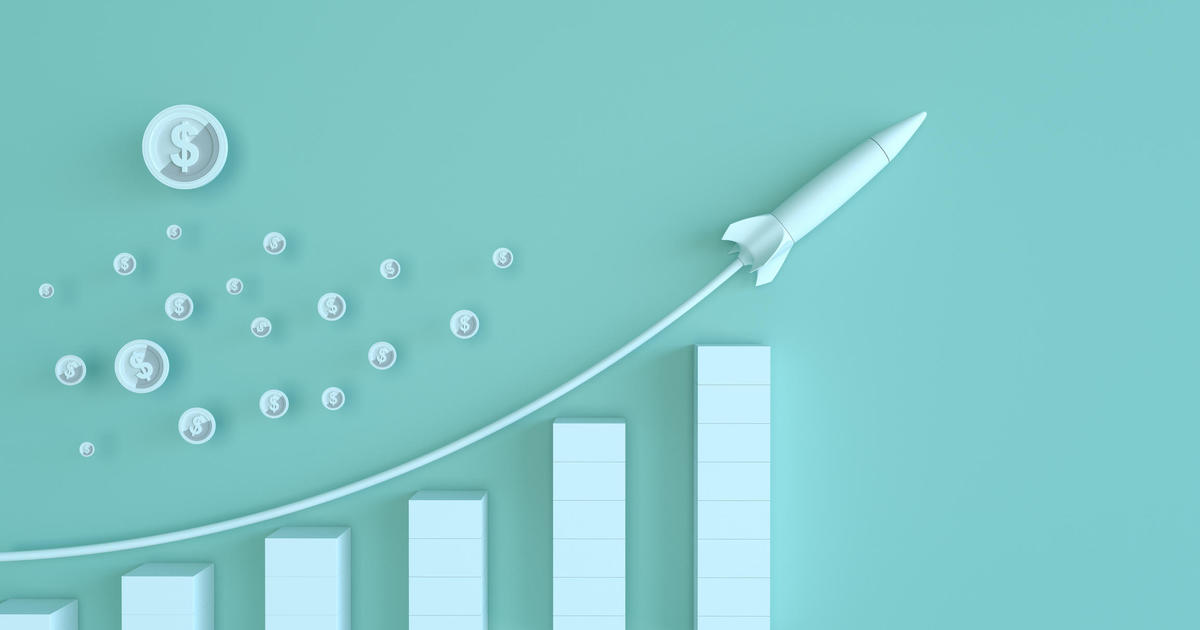Labor market tops expectations again: 275,000 jobs added in February
The U.S. economy crafted another month of unexpectedly solid hiring in February, bolstering Wall Street's view that the Federal Reserve would begin trimming rates in the months ahead.
The Labor Department's nonfarm payrolls report had the U.S. economy adding 275,000 jobs last month versus expectations of 200,000, according to a survey of economists by data firm FactSet. The unemployment rate unexpectedly rose to 3.9% from 3.7%. That has the jobless rate at its highest level since January 2022.
"Admittedly, it was a close call, but unemployment has now remained below 4% for 25 straight months. That's the longest stretch since the late 1960s," offered Mark Hamrick, senior economic analyst at Bankrate.
What the latest job numbers mean for the Fed
That count of jobs added is down from January's unexpectedly strong tally of 229,000 — revised down from 290,000 — and 333,000 in December. The revisions collectively had December and January down 167,000, showing less strength in job growth than previous estimates.
"Even so, the economy continues to create jobs at a fast rate. For the Fed, the gain in payrolls will be viewed against the moderation in wages and will be welcome news for policymakers," Rubeela Farooqi, chief U.S. economist at High Frequency Economics, said in a report. "Our base case remains that the Fed will start lowering rates in June and will follow up with two more cuts, in September and December."
February's job gains came in health care, government, food services and bars, social assistance, transportation and warehousing, the labor department said. Average hourly earnings rose 5 cents to $34.57, after a hike of 18 cents in January.
A month ago, the numbers showed a hotter-than-expected labor market, prompting Wall Street to reconsider its expectations for rate cuts this year.
In speaking to lawmakers on Thursday, Fed Chair Jerome Powell reiterated that the central bank is "not far" from a decision to cut its benchmark rate as it tries to steer the economy toward a soft landing and avoid a recession.
Powell previously indicated the Fed was not thinking about a rate cut at its next meeting later this month, shifting investors' focus on potential rate cuts to the middle of the year.
At or near record highs, stocks climbed in the wake of the report — with Wall Street on track for a 17th winning week out of the last 19 — as traders embrace the view that the increased unemployment rate will pave the way for Fed cuts to begin.
The optimism reflected by the record-high stock market, sharply lower inflation and a healthy job market is seemingly not reaching many Americans, with polls suggesting that voters blame President Joe Biden for the surge in consumer prices that began in 2021.
Presidents famously get credit when the economy is performing well and blamed when it tanks. In reality, there's a limit to what the White House can do to change things quickly, with the economy's performance tied to broad global and domestic business cycles beyond the president's control.
On Friday, stocks weren't the only asset rallying to new records, as gold prices advanced for an eighth consecutive session, up 0.7% to $2,179.60 an ounce.
The Fed's much-awaited step towards easing monetary policy is viewed by many as adding to gold's luster as opposed to yield-bearing assets such as bonds. Yet there are times when interest rates and gold prices climb in tandem, so exactly why gold climbs on any given day is mostly speculative, or a good guess, at best.



